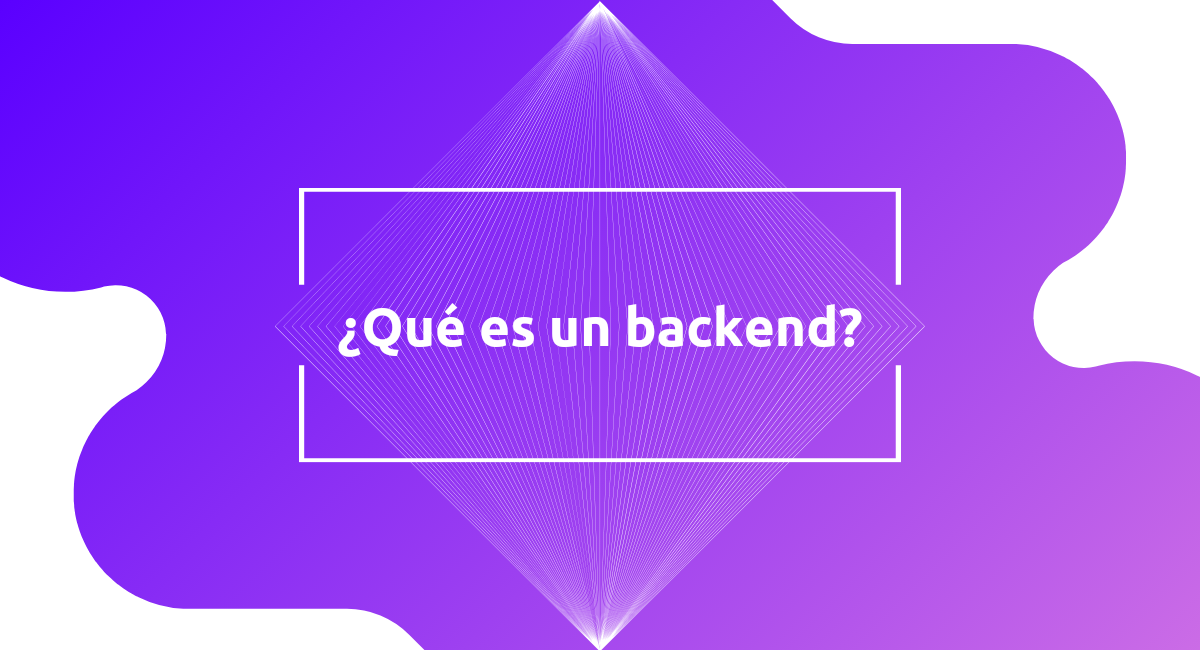Backend
1. What’s backend?
The backend, or server, is the central part of an application that manages the logic, database, and client interaction. Responsible for processing user requests, the backend performs operations such as data manipulation, authentication, and business logic management. Unlike the frontend, which focuses on the user interface, the backend operates in the background, ensuring functionality and efficient data storage, thus providing the necessary infrastructure for the proper functioning of web and mobile applications.
2. What’s the backend function?
The backend plays a fundamental role in providing the infrastructure necessary for the operation of computer applications. In the cloud environment, the backend facilitates the efficient storage and processing of data, allowing scalability and remote access to resources. In addition, it manages critical operations such as user authentication and business logic execution, ensuring robust and secure performance for applications hosted in cloud environments.
In the context of machine learning, the backend plays a key role in model deployment. It handles the integration of machine learning algorithms, processes large data sets, and provides prediction services. This allows the creation of predictive applications and intelligent systems where the backend acts as the engine that drives the machine learning functionality. In software development, the backend facilitates consistency and centralized control, managing business logic, data persistence, and complex operations to deliver robust and efficient applications.
3. Examples of backend.
- API Services.
- Web servers.
- Databases.
- Serverless functions.
- Microservices.
- Docker containers.
Do you need to develop a Machine Learning backend for your project?
We can help you develop it! We are specialists in the development on data and AI based projects.


